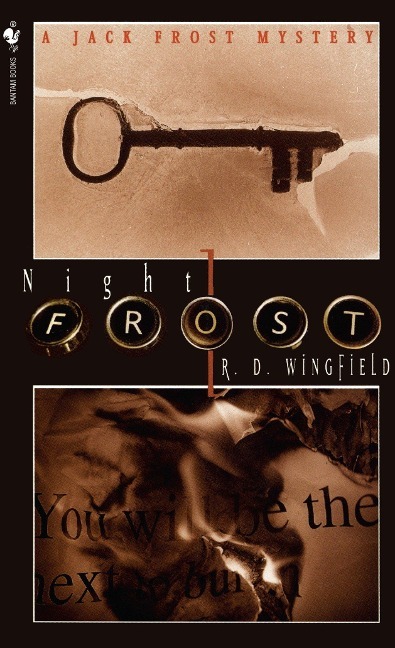
Wake-Robin
Kurzinformation
inkl. MwSt. Versandinformationen
Lieferzeit 1-3 Werktage
Lieferzeit 1-3 Werktage

Beschreibung
Wake-Robin by John Burroughs Spring in our northern climate may fairly be said to extend from the middle of March to the middle of June. At least, the vernal tide continues to rise until the latter date, and it is not till after the summer solstice that the shoots and twigs begin to harden and turn to wood, or the grass to lose any of its freshness and succulency. It is this period that marks the return of the birds,-one or two of the more hardy or half-domesticated species, like the song-sparrow and the bluebird, usually arriving in March, while the rarer and more brilliant wood-birds bring up the procession in June. But each stage of the advancing season gives prominence to certain species, as to certain flowers. The dandelion tells me when to look for the swallow, the dog-toothed violet when to expect the wood-thrush, and when I have found the wake-robin in bloom I know the season is fairly inaugurated. With me this flower is associated, not merely with the awakening of Robin, for he has been awake some weeks, but with the universal awakening and rehabilitation of nature. Yet the coming and going of the birds is more or less a mystery and a surprise. We go out in the morning, and no thrush or vireo is to be heard we go out again, and every tree and grove is musical yet again, and all is silent. Who saw them come? Who saw them depart? This pert little winter-wren, for instance, darting in and out the fence, diving under the rubbish here and coming up yards away,-how does he manage with those little circular wings to compass degrees and zones, and arrive always in the nick of time? Last August I saw him in the remotest wilds of the Adirondacs, impatient and inquisitive as usual a few weeks later, on the Potomac, I was greeted by the same hardy little busybody. Does he travel by easy stages from bush to bush and from wood to wood? or has that compact little body force and courage to brave the night and the upper air, and so achieve leagues at one pull? And yonder bluebird with the earth tinge on his breast and the sky tinge on his back,- did he come down out of heaven on that bright March morning when he told us so softly and plaintively that if we pleased, spring had come? Indeed, there is nothing in the return of the birds more curious and suggestive than in the first appearance, or rumors of the appearance, of this little blue-coat. The bird at first seems a mere wandering voice in the air one hears its call or carol on some bright March morning, but is uncertain of its source or direction it falls like a drop of rain when no cloud is visible one looks and listens, but to no purpose.The weather changes, perhaps a cold snap with snow comes on, and it may be a week before I hear the note again, and this time or the next perchance see the bird sitting on a stake in the fence lifting his wing as he calls cheerily to his mate. Its notes now become daily more frequent the birds multiply, and, flitting from point to point, call and warble more confidently and gleefully. Their boldness increases till one sees them hovering with a saucy, inquiring air about barns and outbuildings, peeping into dove-cotes, and stable windows, inspecting knot-holes and pump-trees, intent only on a place to nest. von Burroughs, John
Produktdetails

So garantieren wir Dir zu jeder Zeit Premiumqualität.
Über den Autor

- cassette -
- Erschienen 2016
- Rubinstein Publishing BV

- Gebunden
- 376 Seiten
- Erschienen 2020
- Panini Verlags GmbH

- hardcover -
- Erschienen 1992
- Kensington Books

- Hardcover
- 290 Seiten
- Erschienen 2012
- Bold Strokes Books

- paperback
- 400 Seiten
- Erschienen 2011
- Simon & Schuster Children's

- Taschenbuch
- 368 Seiten
- Erschienen 1995
- Bantam

- paperback
- 384 Seiten
- Erschienen 2009
- Simon Pulse

- hardcover
- 224 Seiten
- Erschienen 2008
- Baen

- paperback
- 472 Seiten
- Erschienen 2022
- Independently published

- paperback
- 352 Seiten
- Erschienen 2014
- Mulholland Books


































